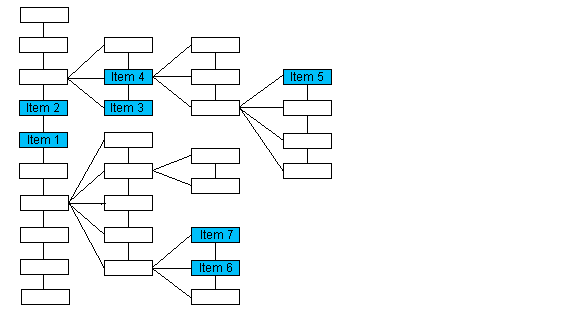
|
Products | Support | Email a link to this topic. | Send comments on this topic. | Back to Introduction - All Topics | Help Version 19.0.3.25
|
LEADTOOLS Medical (Leadtools.Dicom assembly)
Show in webframe





